Fantasia 2019, Day 11, Part 2: The Boxer’s Omen
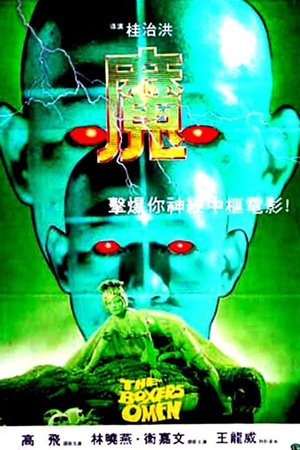 For my second film of July 21 I stayed at the De Sève Theatre to watch one of my more anticipated movies of the festival. Each year Fantasia plays a Shaw Brothers film on 35mm — not one of the Shaw classics, usually, but one of their stranger works. The past few years I’ve seen Demon of the Lute, Buddha’s Palm, Flame of the Martial World, and Bastard Swordsman, as well as Five Fingers of Death. This year we got to see The Boxer’s Omen (Mo, 魔), from 1983, directed by Kuei Chih-Hung from his own story as scripted by Szeto On. Technically a sequel to Kuei’s film Gu, the English title hints at some of its influences: a bit of The Omen, a bit of Rocky, and a lot of low-budget exploitation film.
For my second film of July 21 I stayed at the De Sève Theatre to watch one of my more anticipated movies of the festival. Each year Fantasia plays a Shaw Brothers film on 35mm — not one of the Shaw classics, usually, but one of their stranger works. The past few years I’ve seen Demon of the Lute, Buddha’s Palm, Flame of the Martial World, and Bastard Swordsman, as well as Five Fingers of Death. This year we got to see The Boxer’s Omen (Mo, 魔), from 1983, directed by Kuei Chih-Hung from his own story as scripted by Szeto On. Technically a sequel to Kuei’s film Gu, the English title hints at some of its influences: a bit of The Omen, a bit of Rocky, and a lot of low-budget exploitation film.
When Hong Kong gangster Chan Hung (Phillip Ko Fei) sees his brother crippled in a match with a cheating Thai kickboxer, Bu Bo (Bolo Yeung Sze), he travels to Thailand to challenge the evildoer to a revenge match. While there, weird visions lead him to a Buddhist monastery. It turns out that in previous lives Chan and the recently-deceased abbot were twins. This is a problem for Chan. The abbot killed the student of an evil wizard (Elvis Tsui), leading the wizard to then kill him with a spell that will now go on to kill Chan due to his linkage to the aforesaid abbot. Chan learns this from talking to the dead abbot, and after some confusion decides to become a monk to be able to defeat the wizard — but what of his match against the kickboxer who crippled his brother? And what about the wizard’s three living students?
This description of the plot barely hints at how bizarre, dreamlike, and transgressive this film is, but ideally gives an idea of how much scope there is for mystical goings-on. Rituals and spells are depicted with loving care, even when grotesque or indeed outright disgusting. But then a flashback in which the abbot fights the student and master wizards is simply surprising, as the duels involve crystals and puppets and wall-crawling and lurid lighting. On the other hand, an extended sequence shows the wizard’s students preparing a spell of revenge, which involves each of them eating and regurgitating food for the others to then ingest — and goes on from there, creating a demon inside a crocodile corpse, who Chan eventually must defeat. That of course comes at the climax of the film, in an ancient temple in Nepal, when Chan must engage in a magical fight unlike any I have ever seen.
What is most strange about the film is how it doesn’t feel like a straight-ahead exploitation film. Theoretically it should. There’s the gross-out bits, there’s a couple of violent kickboxing scenes, there’s a fair amount of nudity. And yet there’s also something else going on. I’ve seen some writers compare the film to Jodorowsky, and maybe that’s reasonable for the weirdness of it.
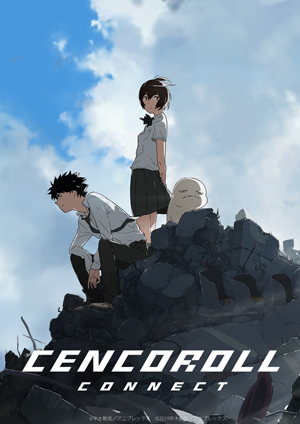 My first film at Fantasia on July 21 was actually two films put together. In 2009 Atsuya Uki released a 25-minute short he’d written and directed, called “Cencoroll,” based on a one-shot manga he’d written and illustrated. The short was well-received, and over the last decade he’s created a 50-minute follow-up. The two movies have now been released as one, Cencoroll Connect (Senkorōru, センコロール コネクト). They work together as one story, but I wonder, never having seen the original “Cencoroll” on its own, whether the first short would have left more room for an audience’s imagination to work.
My first film at Fantasia on July 21 was actually two films put together. In 2009 Atsuya Uki released a 25-minute short he’d written and directed, called “Cencoroll,” based on a one-shot manga he’d written and illustrated. The short was well-received, and over the last decade he’s created a 50-minute follow-up. The two movies have now been released as one, Cencoroll Connect (Senkorōru, センコロール コネクト). They work together as one story, but I wonder, never having seen the original “Cencoroll” on its own, whether the first short would have left more room for an audience’s imagination to work.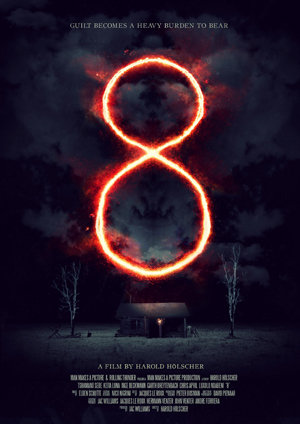 My last movie of July 20 was a horror film from South Africa. Written and directed by Harold Holscher, 8 has elements of the classical ghost story embedded in a larger tale of folklore and tragedy. It’s a period tale, set in 1977, and is set in a farm named Hemel op Aarde: Heaven on Earth.
My last movie of July 20 was a horror film from South Africa. Written and directed by Harold Holscher, 8 has elements of the classical ghost story embedded in a larger tale of folklore and tragedy. It’s a period tale, set in 1977, and is set in a farm named Hemel op Aarde: Heaven on Earth.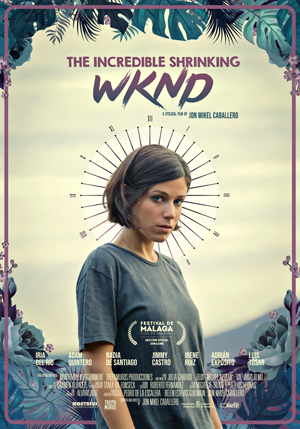 The evening of July 20 saw me stay at the De Sève Theatre after the Born of Woman showcase for a feature film written and directed by Jon Mikel Caballero: The Incredible Shrinking Wknd. It’s a time-loop story, a subgenre that strikes me as having increased in popularity significantly over the past few years. We’re at the point, then, that a time-loop story has to do something different to stand out. So what does Wknd do?
The evening of July 20 saw me stay at the De Sève Theatre after the Born of Woman showcase for a feature film written and directed by Jon Mikel Caballero: The Incredible Shrinking Wknd. It’s a time-loop story, a subgenre that strikes me as having increased in popularity significantly over the past few years. We’re at the point, then, that a time-loop story has to do something different to stand out. So what does Wknd do?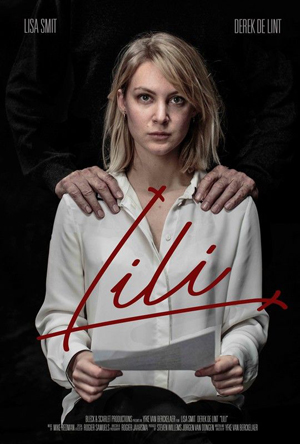 On the afternoon of Saturday, July 20, I passed by the De Sève Theatre for the Born of Woman 2019 series of short genre films directed by women. It was the fourth iteration of the showcase, and in four years it’s become a hot ticket; I nearly didn’t get in. But there was just space enough in the end, and so I was able to see the collection of 9 films representing half-a-dozen countries.
On the afternoon of Saturday, July 20, I passed by the De Sève Theatre for the Born of Woman 2019 series of short genre films directed by women. It was the fourth iteration of the showcase, and in four years it’s become a hot ticket; I nearly didn’t get in. But there was just space enough in the end, and so I was able to see the collection of 9 films representing half-a-dozen countries.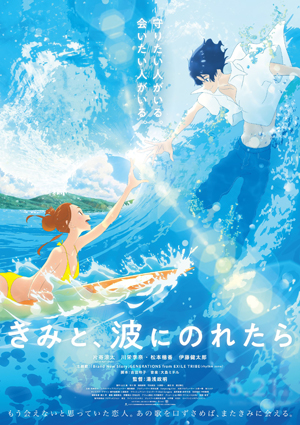 On Saturday, July 20, I was down at the Hall Theatre bright and early — relatively speaking — for an 11 AM showing of Ride Your Wave (Kimi to, nami ni noretara, きみと、波にのれたら), an animated feature from director Masaaki Yuasa. I’d seen two of Yuasa’s previous works,
On Saturday, July 20, I was down at the Hall Theatre bright and early — relatively speaking — for an 11 AM showing of Ride Your Wave (Kimi to, nami ni noretara, きみと、波にのれたら), an animated feature from director Masaaki Yuasa. I’d seen two of Yuasa’s previous works, 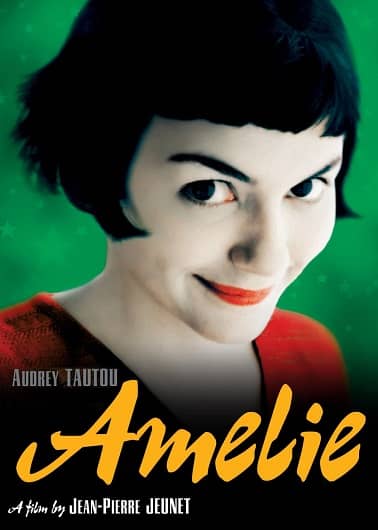
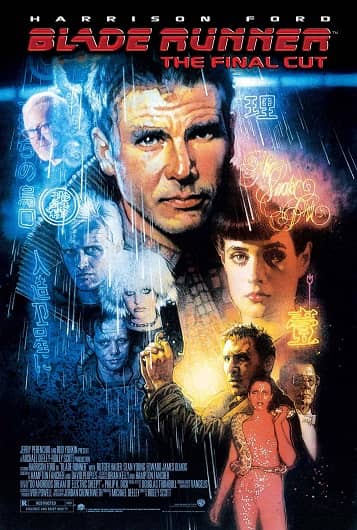
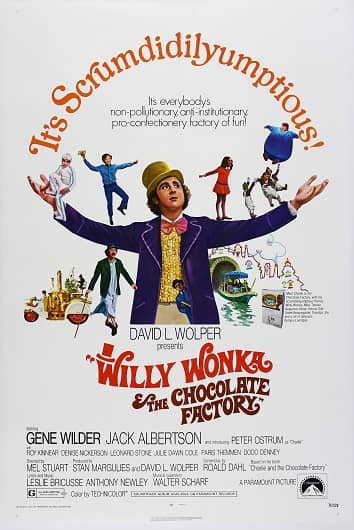
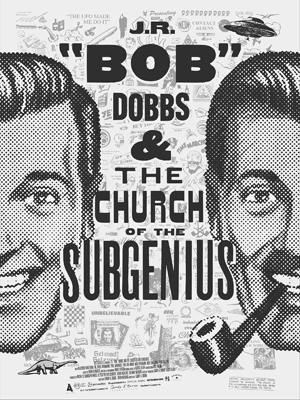 My second and last movie on July 19 was a documentary named for its subject: J.R. “Bob” Dobbs and the Church of the Subgenius (a film known in some quarters as Slacking Towards Bethlehem). Directed by Sandy K. Boone, it’s a history of a mock religion which got started more than 40 years ago, and still goes strong today.
My second and last movie on July 19 was a documentary named for its subject: J.R. “Bob” Dobbs and the Church of the Subgenius (a film known in some quarters as Slacking Towards Bethlehem). Directed by Sandy K. Boone, it’s a history of a mock religion which got started more than 40 years ago, and still goes strong today.  On the evening of July 19 I sat down in the Hall Theatre for a screening of It Comes (Kuru, 来る), a Japanese horror film. Directed by Tetsuya Nakashima, it’s based on the novel Bogiwan ga kuru, by Ichi Sawamura, with a screenplay by Nakashima, Hideto Iwai, and Nobuhiro Monma. It’s clever and colourful, and at two and a half hours it’s also a sprawling film that justifies its length by twisting in ways you don’t expect. It’s also a success, an entertaining and occasionally chilling movie that builds a universe without being too detailed about the supernatural horror lurking beyond consensus reality.
On the evening of July 19 I sat down in the Hall Theatre for a screening of It Comes (Kuru, 来る), a Japanese horror film. Directed by Tetsuya Nakashima, it’s based on the novel Bogiwan ga kuru, by Ichi Sawamura, with a screenplay by Nakashima, Hideto Iwai, and Nobuhiro Monma. It’s clever and colourful, and at two and a half hours it’s also a sprawling film that justifies its length by twisting in ways you don’t expect. It’s also a success, an entertaining and occasionally chilling movie that builds a universe without being too detailed about the supernatural horror lurking beyond consensus reality.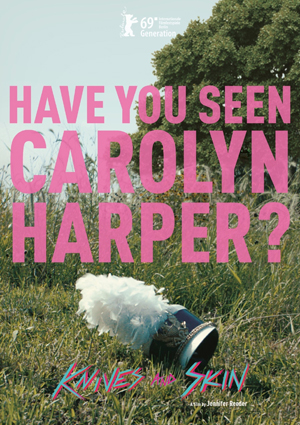 My last film of July 18 was in the big Hall Theatre. Knives and Skin was written and directed by Jennifer Reeder, and begins as a girl dies a violent death in a small midwestern town. In the wake of her disappearance secrets begin to come to light, and tensions rise among both her classmates and the adults. The movie proceeds to explore the town and its inhabitants in a series of sometimes-linked vignettes.
My last film of July 18 was in the big Hall Theatre. Knives and Skin was written and directed by Jennifer Reeder, and begins as a girl dies a violent death in a small midwestern town. In the wake of her disappearance secrets begin to come to light, and tensions rise among both her classmates and the adults. The movie proceeds to explore the town and its inhabitants in a series of sometimes-linked vignettes.